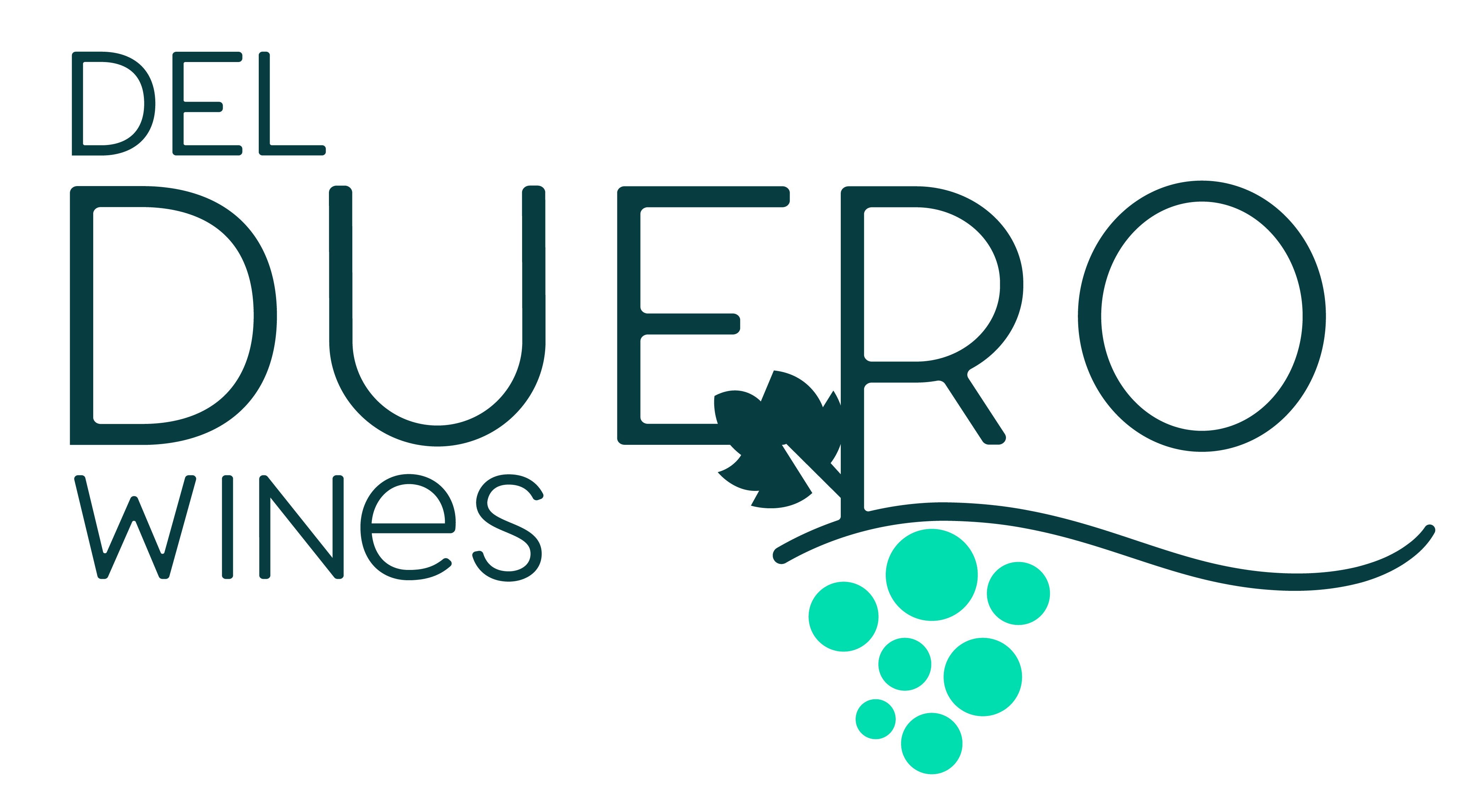Appellation is a french term used globally to geographically categorize wine the regions in a country. All major wine producing countries have these, although they're named differently. In the case of Spain, we're talking about "Denominacion de Origen". Let us explain:
A "Denominacion de Origen" (From now on, simply "DO") is an association or grouping of producers (growers) and makers (wineries) who decide, together, which are the best ways to grow grapes, harvest them and elaborate the wines according to the region's tradition and characteristics. Each winemaking region is different, representing different grapes, wines, agings..
The "Consejo Regulador", a DO's governing body, establishes and enforces all agreed-upon requirements beyong just geographical location of the winery or the vines, supervises all quality control. Some of they key requirements that define a DO are:
- Authorized grape types.
- Geographical limits.
- Aging periods and conditions.
- Harvest methods.
- Production yields.
- Vine density.
The way in which Spain regulated these appellations creates two big groups - "Denominacion de Origen" wines are those that comply with requirements set by the DO's governing body and "Vino de la Tierra" are those that don't.
There are a total of 96 different wine DO in Spain, divided as follows:

- Vinos de Pago (VP): A total of 19 different superb quality wines that come from smaller lots in which grapes are harvested and wines are elaborated separately from the rest of production. Lots are characterized by very specific terroir conditions, making these wines very unique. Its an interesting appellation type, and none of the 19 different ones are made neither in Rioja nor Ribera del Duero.
- Denominación de Origen (DO): Most common ones -These wines come from a delimited geographical area and have to be produced adhering to the requisites defined by the "Consejo Regulador". Additionally, they must have been, at least, 5 years under a previous protected geographical appellation type. Ribera del Duero is likely the most popular region that belongs to this type of appellation.
- Denominación de Origen Calificada (DOCa): Only two regions made it into a DOCa - Rioja and Priorat. To be part of DOCa, regions need to belong to a DO for, at least, 10 years. More importantly, a history of sustained high quality standards is necessary and also expected and enforced.
- Vinos de Calidad con Indicación Geográfica (IGP): This is the category preceding a DO. Wines in these regions are characterized by the area or methods in which they're produced. Normally, these regions are expecting to become a DO as soon as their commercial success and recognition develops. As of 2020, there are 8 IGP regions in Spain.

Spain's strict DOP standards ensure exceptional wine and facilitate the selection process for consumers, who often can get disoriented by the abundant bottles in the market.
As part of our value proposition, Spanish fine wines are hand-picked and made available to you. We store our wines in temperature and humidity controlled conditions to guarantee a pleasant and enjoyable Spanish wine experience. Go check them out!
Cheers!
Daniel, from Del Duero Wines.

